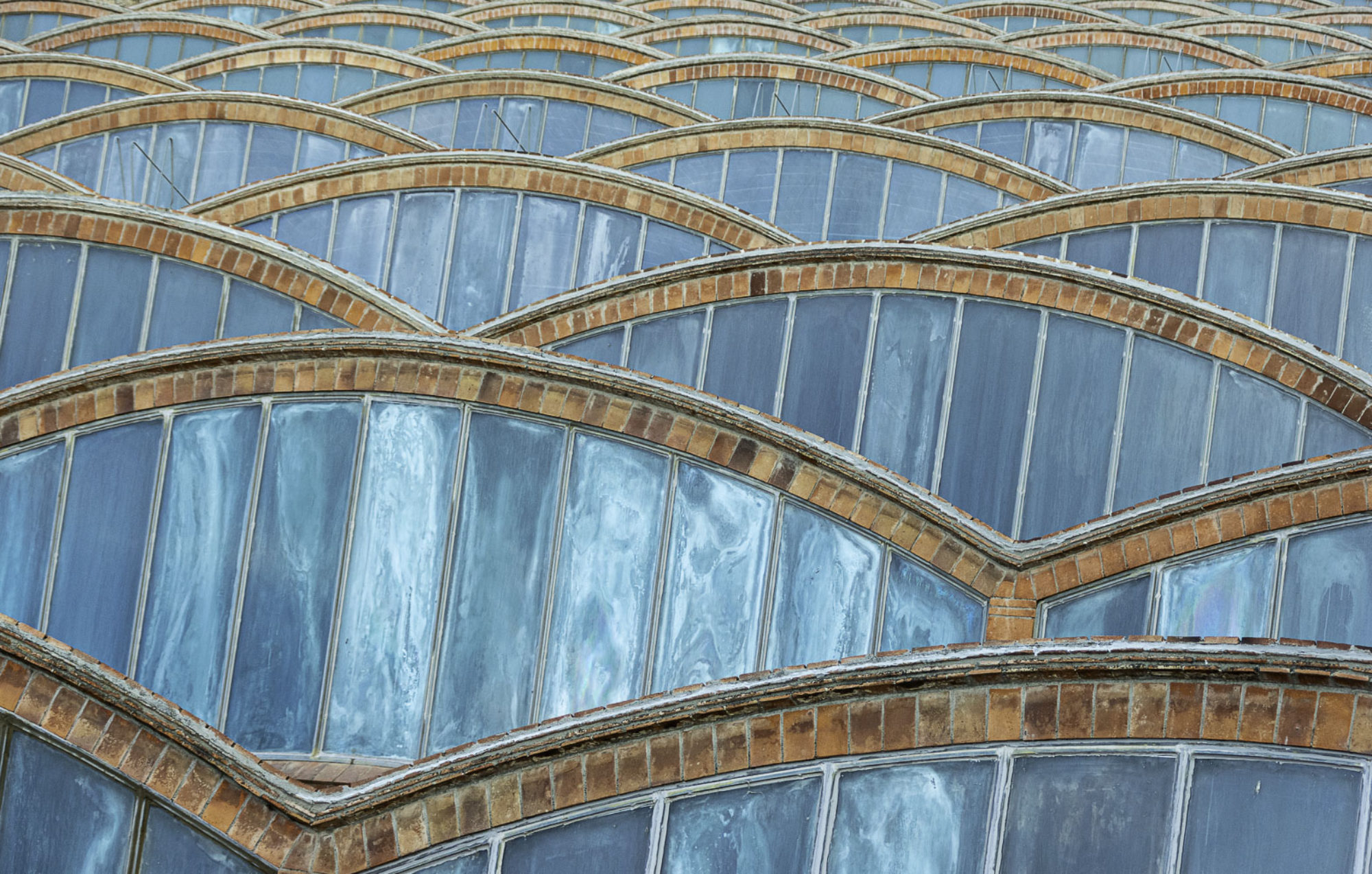Eric Jespers (Vrije Universiteit Brussel)
Associative structures associated to set-theoretic solutions of the Yang–Baxter equation
Abstract: Let $(X,r)$ be a set-theoretic solution of the YBE, that is $X$ is a set and $r\colon X\times X \to X\times X$ satisfies
$$(r \times \mathrm{id})\circ (\mathrm{id} \times r)\circ (r \times \mathrm{id}) = (\mathrm{id} \times r)\circ (r \times \mathrm{id})\circ (\mathrm{id} \times r)$$ on $X^{3}$. Write $r(x,y)=(\lambda_x (y), \rho_y (x))$, for $x,y\in X$. Gateva-Ivanova and Majid showed that the study of such solutions is determined by solutions $(M,r_M)$, where
\[M=M(X,r) =\langle x\in X\mid xy=\lambda_x(y) \rho_y(x), \text{ for all } x,y\in X \rangle\]
is the structure monoid of $(X,r)$, and $r_M$ restricts to $r$ on $X^2$. For left non-degenerate solutions, i.e. all $\sigma_x$ are bijective, it has been shown that $M(X,r)$ is a regular submonoid of $A(X,r)\rtimes \mathcal{G}(X,r)$, where $\mathcal{G}(X,r)=\langle \lambda_x\mid x\in X\rangle$ is the permutation group of $(X,r)$, and
\[A(X,r) =\langle x\in X \mid x\lambda_{x}(y) =\lambda_{x}(y) \lambda_{\sigma_{x}(y)}(\rho_{y}(x) \rangle\]
is the derived monoid of $(X,r)$. It also is the structure monoid of the rack solution $(X,r’)$ with
\[r'(x,y)=(y,\lambda_y\rho_{\lambda^{-1}_x(y)}(x)).\]
This solution “encodes” the relations determined by the map $r^{2} \colon X^{2} \to X^{2}$. The elements of $A=A(X,r)$ are normal, i.e. $aA=Aa$ for all $a\in A$. It is this “richer structure” that has been exploited by several authors to obtain information on the structure monoid $M(X,r)$ and the structure algebra $kM(X,r)$.
In this talk we report on some recent investigations for arbitrary solutions, i.e. not necessarily left non-degenerate nor bijective.
This is joint work with F. Ced\’o and C. Verwimp. We prove that there is a unique $1$-cocycle $M(X,r)\to A(X,r)$ and we determine when this mapping is injective, surjective, respectively bijective. One then obtains a monoid homomorphism $M(X,r) \to A(X,r)\rtimes \langle \sigma_x \mid x\in X\rangle$. This mapping is injective when all $\sigma_x$ are injective. Further we determine the left cancellative congruence $\eta$ on $M(X,r)$ and show that $(X,r)$ induces a set-theoretic solution in $M(X,r)/\eta$ provided $(X,r)$ is left non-degenerate.
